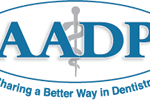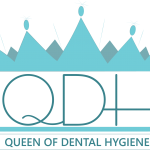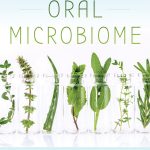
Periodontal disease is one of the most prevalent chronic inflammatory diseases in the United States and it is a key indicator of other systemic diseases. Dentistry has a significant role in reducing the impact of chronic disease in patients who trust their dental teams to guide them to total body health. From the first call and through every step of the patient experience, such as reviewing the medical history, the conversation should include the oral systemic connection.
Dental teams a...
Read More








